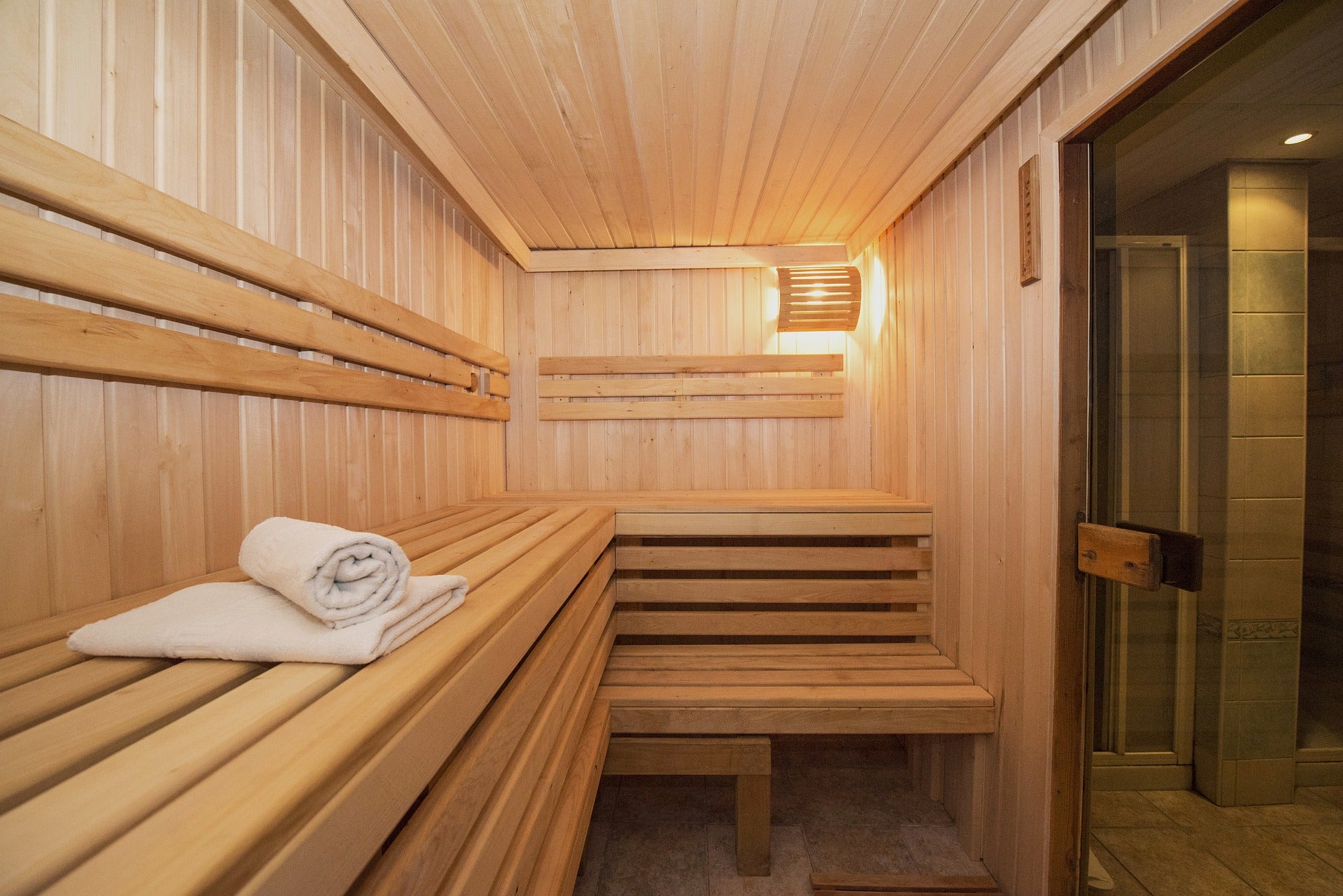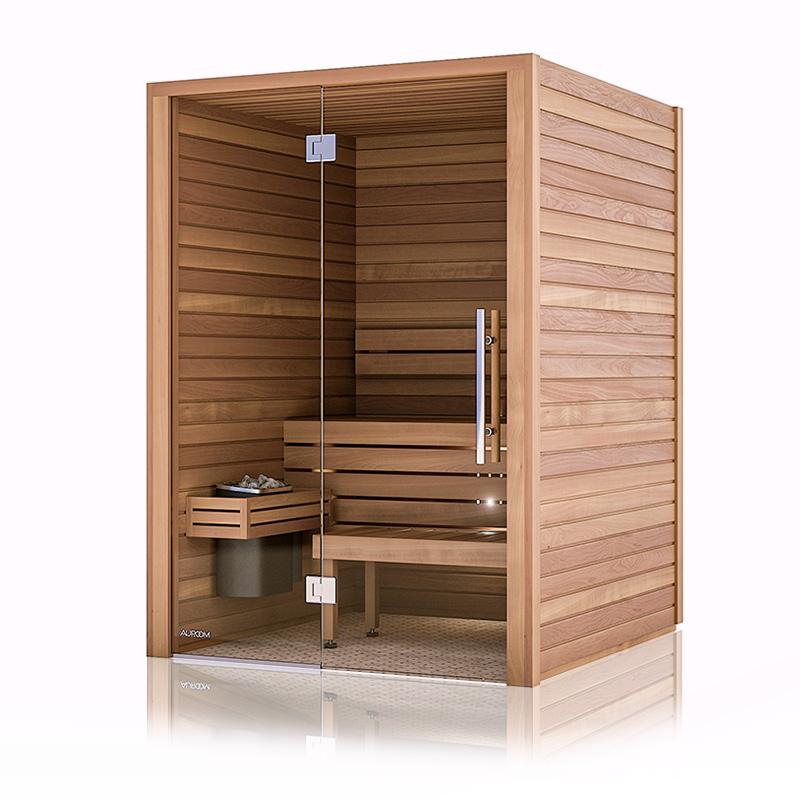Traditional Sauna - An Overview
Table of ContentsTraditional Sauna for BeginnersTraditional Sauna Things To Know Before You BuyTraditional Sauna Can Be Fun For EveryoneIndicators on Traditional Sauna You Should Know
Most of the weight shed in a sauna is water loss and is re-gained upon rehydrating. Without an uncertainty sauna can be an important part of a healthy and balanced weight loss program. To consider the differences between traditional and IR saunas, I will certainly divide these into verifiable, academic, and made differences.Thus, the best factor in the saunawhich is at the ceiling directly over the sauna heateris usually in between 185 and 190 F. Traditional Sauna. Claims that a conventional sauna goes beyond 200 F is merely not real and not suitable for electrical saunas marketed in the US. The temperature level for a far-infrared sauna is generally established between 120 and 140 F; nevertheless, unlike the conventional sauna, the goal in and IR room is not to achieve a high temperature level
Due to this, the temperature level difference is practically pointless, considering that profuse sweating leads to both sauna kinds, however the method of warming the body is various. In an IR sauna the bather will really feel hot and will certainly sweat profusely, but at a lot lower temperature levels. Thus, if the objective is to spend longer time periods in the sauna, the IR sauna is a great selection.

The smart Trick of Traditional Sauna That Nobody is Discussing
When the high temperature level is attained, the aspects cycle on and off to keep the heat. Most conventional sauna users delight in putting water over the rocks to produce vapor to increase sauna humidity levels. The benefits of putting water over the rocks include: making the space a lot more comfy, dampening the nasal passages, and enabling the use of aromatherapy by mixing vital oils with the water.
In a far-infrared sauna, the warmth waves pass through the body to effectively warm the body and elevate the body core temperature. To attain this raised temperature level, Far-infrared emitters produce infrared power which is close to the same wavelength as that which the body normally emitsoften described as the "Essential Array" of 7 to 14 microns), so the power is well obtained by the body.
When the power goes into the body, it triggers the body temperature to enhance and eventually leads to perspiration. In an infrared sauna it's crucial for the emitters/heaters to continue to be on practically continuously. Because there is no mass of rocks to retain warmth, the sauna will certainly cool down if the emitters turned off.
As pointed out above, the sauna bather in an infrared area wants you can find out more to position himself in front of running emitters to get optimal take advantage of the heat. The heating time for the two spaces can be really different, depending on how the rooms are made use of. For a conventional sauna, a bather ought to enable 30-40 minutes for the space to accomplish a preferred temperature level and to properly pre-heat the rocks.
Indicators on Traditional Sauna You Need To Know
A well constructed sauna will normally attain a temperature of 150-160 F in regarding 30-40 minutes. For hotter temperatures, the space might need to heat for a longer period.
To some, 15 minutes was "thrown away" while the infrared power warmed the timber panels as opposed to heating up a body, while others discover a pre-heated space to be more comfy and think a raised starting temperature is required to start perspiring. The size of recommended use for each room is approximately the same (10-15 minutes per session); nevertheless, as a result of the reduced air temperature levels and the capacity to really feel the results of infrared warmth faster than a typical sauna, it is not unusual for an individual to invest a total amount of 20-30 minutes in an infrared sauna.
Standard saunas often tend to be bigger (for this reason make use of more electrical energy) than infrared my blog saunas, although conventional saunas are definitely available in one and 2 person dimensions also. For a two-person typical sauna, 5x6 or 5x7 dimension is most popular. The top bench can conveniently seat two or 3 people and is also enough time to rest during the sauna session.


The ordinary expense per kWH of electricity in the united state is about $0.11, so a 4.5 kW heating system will set you back approximately $.50 to compete one hour, if the heating unit runs constantly for one hour. Generally a sauna heating system will compete 75% of the very imp source first hour and 50% of subsequent hours on considering that the elements cycle once the set temperature level is attained.
Some Ideas on Traditional Sauna You Should Know
A two individual far-infrared room is generally literally smaller than a conventional sauna, usually about 4' x 4' or smaller. The IR heater is typically 1.5-1.7 kW utilizing a 120 volt 15 amp plug-in solution. Given that the area can be used sooner than a sauna area, we will certainly think the area is used for to of an hour including warm up time.
There is a rarely gone over distinction in the social experience in between the two spaces. While our culture has shed a few of the social advantage of the traditional sauna experience, it can be very socially fulfilling. From family time in the sauna, to heart-felt conversations with significant others, to sauna partiesthe traditional sauna experience can lead to intimate interacting socially.
A lot of higher end infrared spaces include tinted light therapy, audio systems and full-glass fronts.